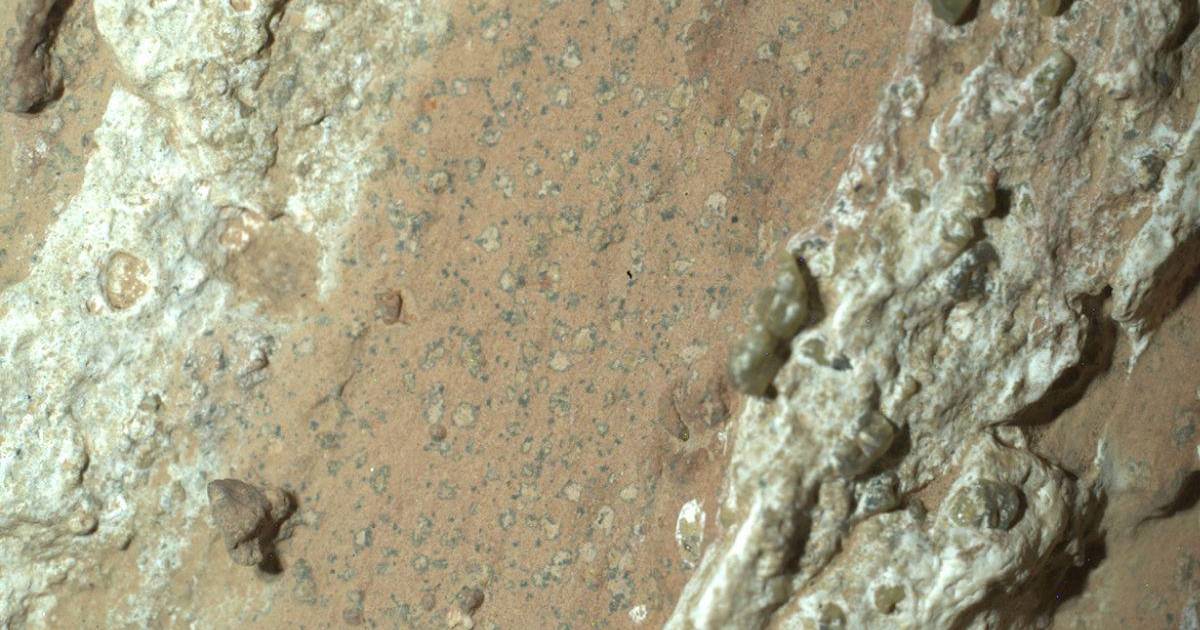Dublin. The impact of the Cyclone meteorite changed the history of the Earth forever 66 million years ago, causing the extinction of 75% of the species, including dinosaurs, but where did it come from, and how did it get to our planet?
Nature magazine this Monday released a new theory developed by experts at Harvard University (USA) that could shed light on a catastrophic event that raises many more doubts.
In addition to its devastating effects, the authors claim that the impact of that “asteroid or comet” left an abyss more than 180 kilometers in diameter and nearly 20 kilometers deep in the Gulf of Mexico.
To complete the puzzle, experts Avi Lope and Amir Siraj, through statistical analysis and gravity simulations, argue that a significant portion of a comet’s orbit appeared in the orbit cloud – a space debris sphere located at the edge of the system solar, due to Jupiter’s gravitational field.
That force moved the comet toward the sun, which in turn broke it into more fragments, increasing the number of bodies that could enter Earth’s orbit, such as the Sixth, and fall to Earth once every 250 to 750 million years, approximately.
“Basically, Jupiter acts like a ‘pinball’ machine. These incoming comets (so-called for a long time) are orbiting Jupiter in very close orbits, ”Siraj explained in a statement.
Because these long-lived comets can take up to 200 years to orbit the sun, experts have called them “sunbursts.”
“When we talk about these suns, the important thing is that they do not melt, which relatively affects the total mass, but being very close to the sun, its closest part is subjected to a higher gravitational force than the comet’s, which creates a wave force.”
He emphasizes that this phenomenon, when large comets break into small pieces and leave orbit, “has a statistical probability that they will affect the Earth”.
Lope and Siraj’s calculations say that the probability of long-term comets affecting our planet is “about 10”, while up to 20% of these are “sunshine”, according to studies by other astronomers.
They also claim that the “new impact rate” is similar to the age of the Sixth Cave, which provides a satisfactory description of its origin and other similar “attack comets”.
“What we are proposing is that if you break an object when it is close to the sun, it will lead to a series of relevant events, and it will also have the impact of destroying the dinosaurs,” Lope emphasizes.

:format(png)/cloudfront-us-east-1.images.arcpublishing.com/gfrmedia/VLPUUVP3UBGSPEV2Z4V7YDB6UI.jpg)

:max_bytes(150000):strip_icc()/WilliamLevy-9d1412ad3c01443498e58ed956f6242c.jpg)

